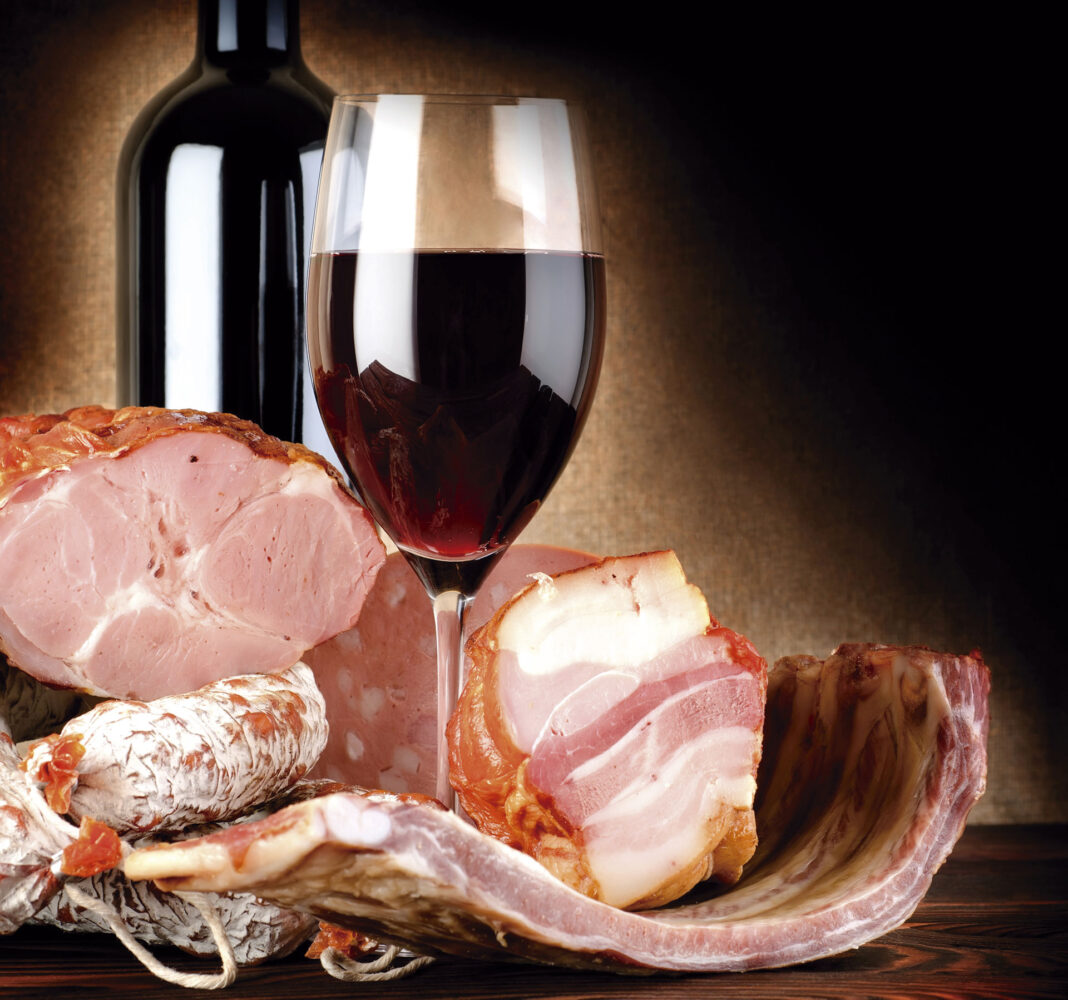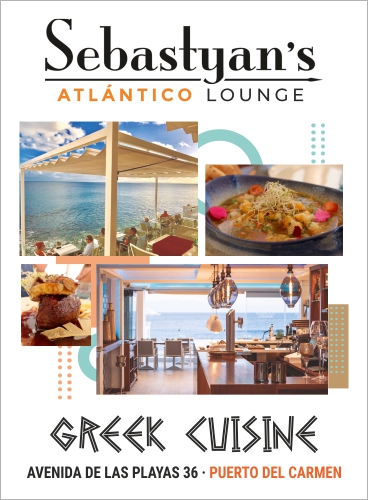The full extent of the world of Italian cured meats remains undiscovered by all but the culinary cognoscenti, but unwrapping their delights opens a world of wonders
You may well be familiar with mortadella, salami and prosciutto di Parma, but many Italian cured meats remain virtually unknown outside of Italy. Take, for example, Salame al Tartufo, made with black truffle or the rare delicacy of white truffle salami. You can also find mortadella with truffle and salamis with pistachio and black pepper.
Salamis from the Piedmont region don’t always have truffle, but their recipe includes pepper, nutmeg, garlic, and cloves, and the meat is infused with red wine for a tender texture and a delicate, sweet flavour. Salame al Barolo is made with a full-bodied and prestigious red wine, equivalent to a good Spanish Ribera del Duero.
Lighter cold cuts include bresaola which is very lean veal cured for three months. It’s typically served in paper-thin slices and usually seasoned with olive oil and lemon, cheese and herbs. It looks similar to our speck ham and is smoked and seasoned with juniper and other aromatic herbs.
Coppa is not dissimilar to the Spanish blood sausage morcón and Capocollo is like Spain’s cured pork loin caña de lomo. Along the same lines as bacon are pancetta and guanciale. More unusual varieties include Salsiccia di bra, which is like a sausage but can be eaten raw; Lardo di Arnad (Protected Designation of Origin) a tasty and fragrant sausage cured with salt, spices and mountain aromas. Another DOP product is the milder Soppressa Vicentina.
Less well-known cured meats are Ciauscolo, a salami spread; Finocchiona, a salami typical in Tuscany and Porchetta di Ariccia, roast pork, both protected with a PGI (Protected Geographical Indication) listing that vouches for their quality and origin.




